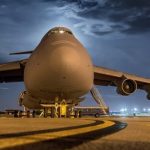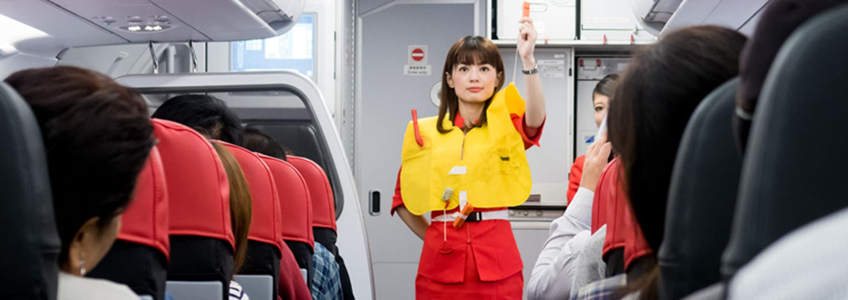The In-Flight Emergencies are interesting if only because of the ever-increasing volume of aircraft in the skies, taking-off, and landing at any given time across the globe! The first thought that is coming into your mind – is the number of challenges airline pilots face during any flight. So, what can they do in an emergency?
Statistics show that most pilots fly their entire active life without serious in-flight emergencies! However, some passengers may counter with the answer that stats are all very well. But what happens if one of these remote in-flight emergencies happens while they’re on board? This is a very good question!
Flying is Officially the Safest Way to Travel
If you really want to delve deep into potential issues faced by pilots you could decide never to fly again. However, compare your safety in the air to driving your car on the road. Sometimes horrendous happenings we are able to observe on our highways and byways. Yet, we carry on driving regardless.
When something starts going wrong in-flight, for a trained pilot this is when those hours of study and training kick-in automatically. Your pilot recalls their inherent mental checklist of potential causes and effects.
This is enhanced and supported by experience and a natural instinct and knowledge of their aircraft.
Whether Pilot Should Always Inform the Passengers?
Here is a thought for you. Think back to your previous flights and reflect as to whether you have ever been aware of any type of emergency? Probably not but you have been advised of inclement weather conditions and to expect some discomfiture or thunderstorm avoidance.
This is leading to the question of whether passengers should always be informed of the in-flight emergencies. Put yourself in the position of a pilot, who is responsible for the wellbeing and lives of many passengers.
Do they need to set off a collective panic amongst the passengers, which could create an even greater risk and damage?
Who is Responsible for Informing?
In general, is it not also logical that the pilot and the aircraft crew should concentrate the full attention on controlling and eliminating the emergency situation! Supporting this, are the flight attendants. They can call upon their own intense and specialized training capabilities with passengers in emergency situations.
The priority behavior in this remote and isolated environment should be one that induces calm and trust. In the event of, for example, an unplanned landing then the captain will adopt the appropriate manner of communicating this to the passengers.
How Often do In-Flight Emergencies Happen?
Although all emergency situations consider as serious. Many of them provide sufficient time for the pilot to refer to a checklist. They can include a structural failure or overload, alternator failure or a voltage over-load situation, among others.
However, there are arguably three types of in-flight emergencies that a pilot should use to contend with!
These are:
- A partial loss of power and engine failure
- Electrical fires
- Engine fires
In each of these cases, it’s necessary that appropriate and immediate every action.
For some passengers, the question could be when to worry on a plane? To a large extent, again compare flying with driving your car, with the exception that your pilot has high skills and experience as a driver. There is a defined checklist for every in-flight contingency, such as the three serious incidents stated previously.
It’s difficult to memorize three separate checklists and then correctly recall them correctly during an emergency situation. But pilots have learned by experience and their training, that the crux of the solution is in the maintaining of aircraft control. This again reverts back to passenger communication and their need-to-know criteria.
Pilot, Crew, and Passengers Support
Making decisions is an accepted and inherent risk of being a pilot. They are in the position of taking instant and critical actions. In addition, they support and enforce the checklist. The checklist engages them in the emergency to control by proven logic. You can divide them into three categories:
- Air
- Fuel
- Ignition
Your pilot uses them as the basic principles associated with emergency procedures and helps diminish passengers and pilot risks.
The leading airline alliances, as the Star Alliance, invest millions of dollars each year in specialized training programs. Every pilot is required to spend countless, dedicated hours during their career in preparation for the day they may have to handle an emergency and your scariest flight experience!
They and their passengers are supported by Crew Resource Management (CRM) programs. They assist crew members in managing stress and prioritizing tasks, and crucially maintain awareness, provide solutions and operate as a team!




